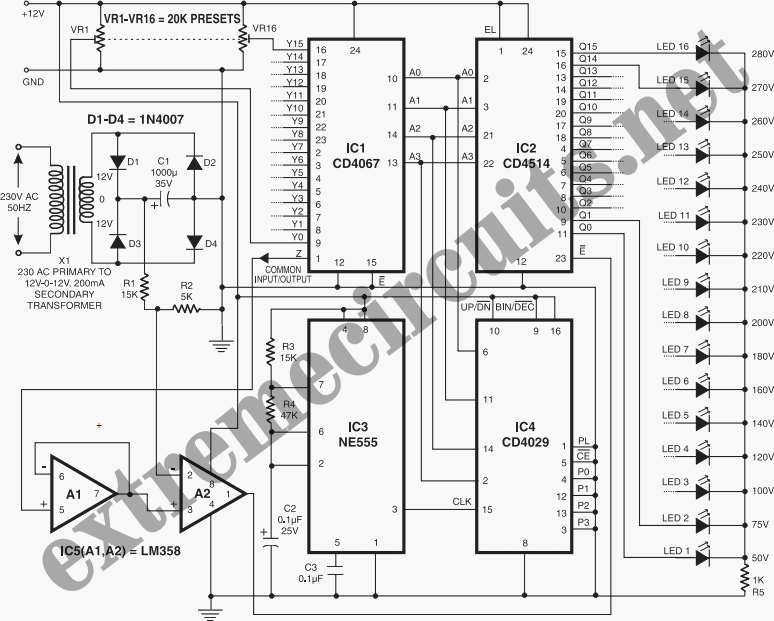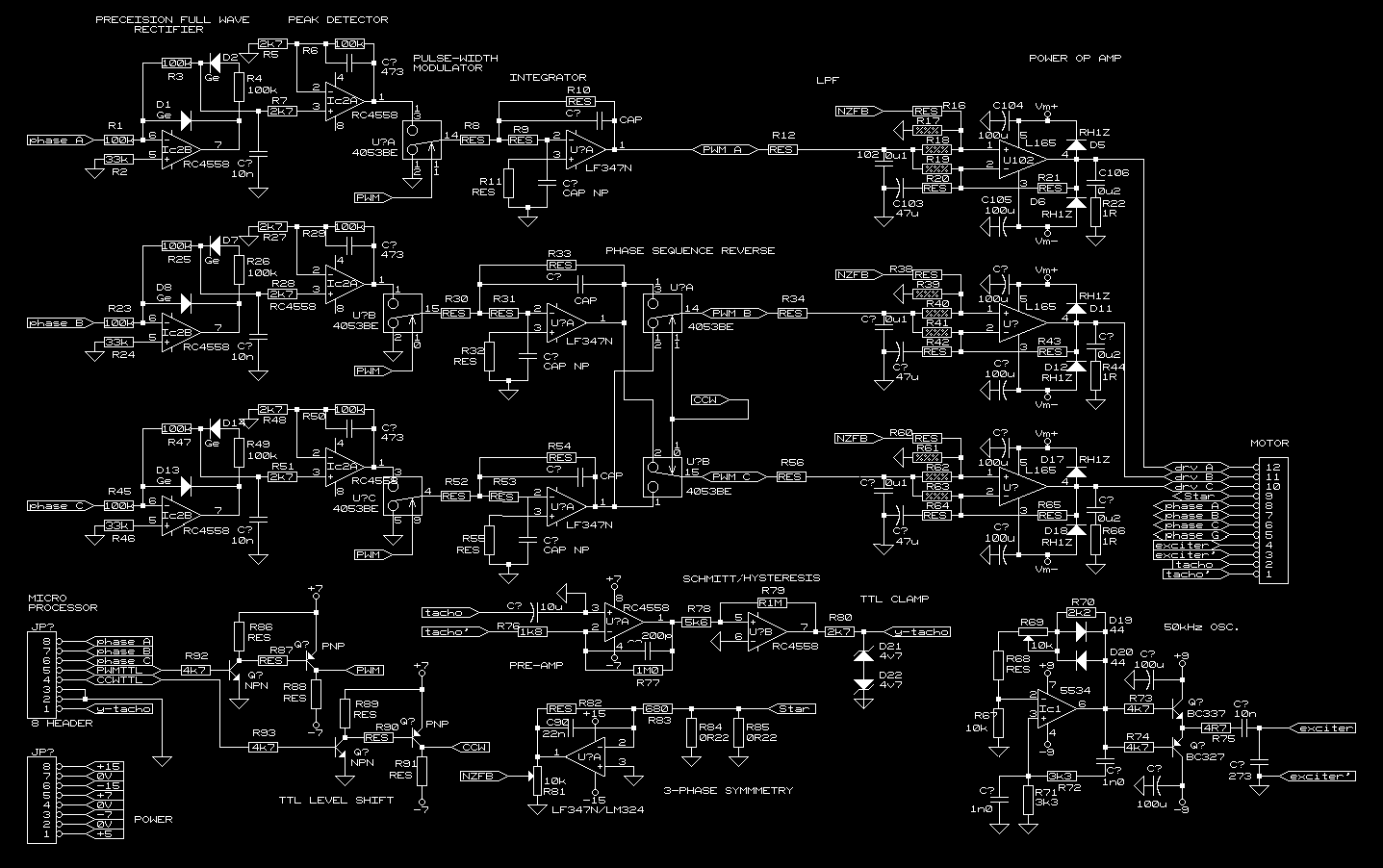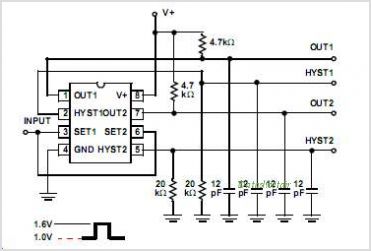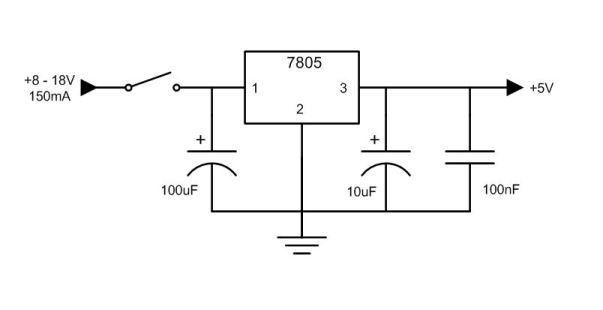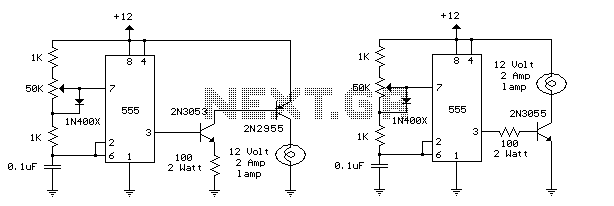
ISL6740A Flexible Double-Ended Voltage-Mode PWM Controller with Voltage Feed Forward
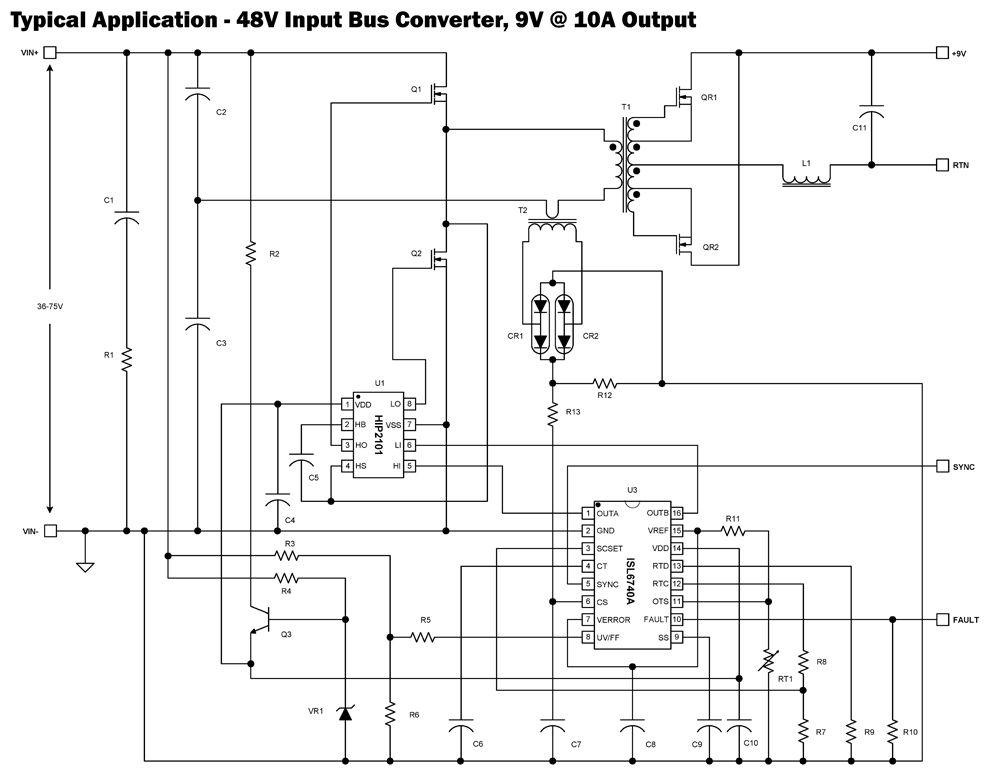
The ISL6740A is an enhanced PWM controller that incorporates built-in voltage feed forward functionality. It is pin and feature compatible with the ISL6740 double-ended pulse width modulation (PWM) voltage-mode controller, facilitating straightforward drop-in replacement in existing designs. Voltage feed forward compensates for variations in input voltage without affecting the feedback control loop. This feature is particularly beneficial in unregulated bus converters and DC transformers, where significant input voltage fluctuations could lead to considerable output voltage variations. In addition to voltage feed forward compensation, the ISL6740A is equipped with a highly flexible oscillator, enabling precise control over frequency, duty cycle, and deadtime, with achievable deadtimes of less than 40 ns. The advanced BiCMOS architecture of this device ensures low operating current, adjustable switching frequencies up to 1 MHz, adjustable soft-start capabilities, internal and external over-temperature protection, fault annunciation, and a bidirectional SYNC signal. This SYNC signal allows the oscillator to synchronize with paralleled units or an external clock, making it suitable for noise-sensitive applications.
The ISL6740A PWM controller is designed to enhance power management in various applications, particularly where input voltage levels fluctuate significantly. The built-in voltage feed forward capability is critical in maintaining stable output voltage levels despite these variations, thus improving the reliability and performance of power supply circuits. The device's compatibility with the ISL6740 allows for easy integration into existing designs, minimizing redesign efforts and facilitating rapid deployment in new projects.
The oscillator's flexibility is a key feature, allowing designers to fine-tune the operating frequency and duty cycle to meet specific application requirements. The ability to achieve deadtimes of under 40 ns is particularly advantageous for high-frequency applications, where precise timing is essential for optimal performance and efficiency. The adjustable soft-start feature prevents inrush current during startup, protecting both the controller and the load.
The internal and external over-temperature protection mechanisms ensure that the device operates within safe thermal limits, enhancing longevity and reliability. Fault annunciation capabilities provide valuable feedback to the system, allowing for immediate corrective action in the event of a malfunction. The bidirectional SYNC signal capability is particularly useful in multi-phase or parallel configurations, where synchronization can significantly reduce electromagnetic interference (EMI) and improve overall system performance.
In summary, the ISL6740A PWM controller is a versatile and efficient solution for a wide range of power management applications, offering advanced features that enhance performance, reliability, and ease of integration.The ISL6740A is an enhanced ISL6740 PWM controller featuring built-in voltage feed forward functionality. It is pin and feature compatible with the ISL6740 double-ended pulse width modulating (PWM) voltage-mode controller, allowing easy drop-in replacement on existing designs.
Voltage feed forward compensates for input voltage variation without in tervention of the feedback control loop. It is particularly useful in unregulated bus converters and DC transformers where wide input voltage variation would otherwise result in large output voltage swings. In addition to voltage feed forward compensation, the ISL6740A features an extremely flexible oscillator that allows precise control of frequency, duty cycle, and deadtime.
Deadtimes of under 40ns are easily achievable. This advanced BiCMOS design features low operating current, adjustable switching frequency up to 1MHz, adjustable soft-start, internal and external over-temperature protection, fault annunciation, and a bidirectional SYNC signal that allows the oscillator to be locked to paralleled units or to an external clock for noise sensitive applications. 🔗 External reference
The ISL6740A PWM controller is designed to enhance power management in various applications, particularly where input voltage levels fluctuate significantly. The built-in voltage feed forward capability is critical in maintaining stable output voltage levels despite these variations, thus improving the reliability and performance of power supply circuits. The device's compatibility with the ISL6740 allows for easy integration into existing designs, minimizing redesign efforts and facilitating rapid deployment in new projects.
The oscillator's flexibility is a key feature, allowing designers to fine-tune the operating frequency and duty cycle to meet specific application requirements. The ability to achieve deadtimes of under 40 ns is particularly advantageous for high-frequency applications, where precise timing is essential for optimal performance and efficiency. The adjustable soft-start feature prevents inrush current during startup, protecting both the controller and the load.
The internal and external over-temperature protection mechanisms ensure that the device operates within safe thermal limits, enhancing longevity and reliability. Fault annunciation capabilities provide valuable feedback to the system, allowing for immediate corrective action in the event of a malfunction. The bidirectional SYNC signal capability is particularly useful in multi-phase or parallel configurations, where synchronization can significantly reduce electromagnetic interference (EMI) and improve overall system performance.
In summary, the ISL6740A PWM controller is a versatile and efficient solution for a wide range of power management applications, offering advanced features that enhance performance, reliability, and ease of integration.The ISL6740A is an enhanced ISL6740 PWM controller featuring built-in voltage feed forward functionality. It is pin and feature compatible with the ISL6740 double-ended pulse width modulating (PWM) voltage-mode controller, allowing easy drop-in replacement on existing designs.
Voltage feed forward compensates for input voltage variation without in tervention of the feedback control loop. It is particularly useful in unregulated bus converters and DC transformers where wide input voltage variation would otherwise result in large output voltage swings. In addition to voltage feed forward compensation, the ISL6740A features an extremely flexible oscillator that allows precise control of frequency, duty cycle, and deadtime.
Deadtimes of under 40ns are easily achievable. This advanced BiCMOS design features low operating current, adjustable switching frequency up to 1MHz, adjustable soft-start, internal and external over-temperature protection, fault annunciation, and a bidirectional SYNC signal that allows the oscillator to be locked to paralleled units or to an external clock for noise sensitive applications. 🔗 External reference
